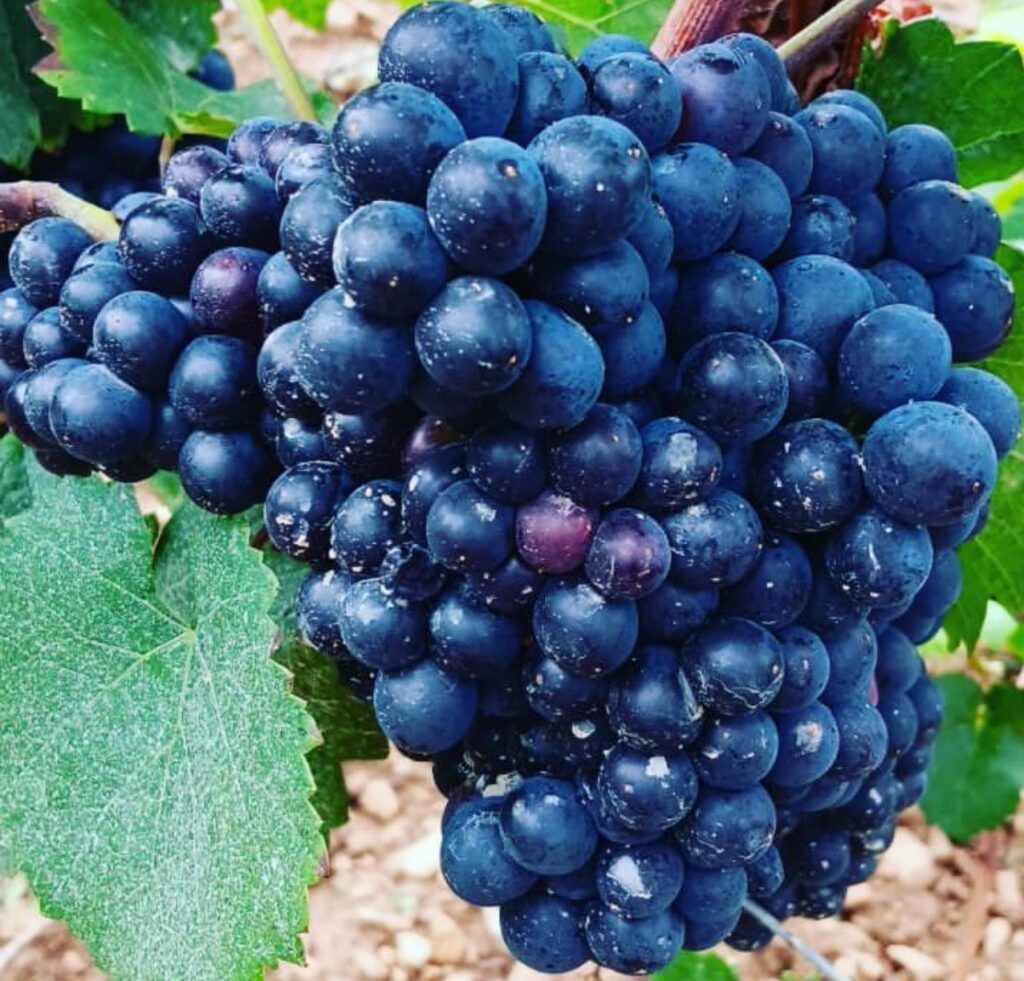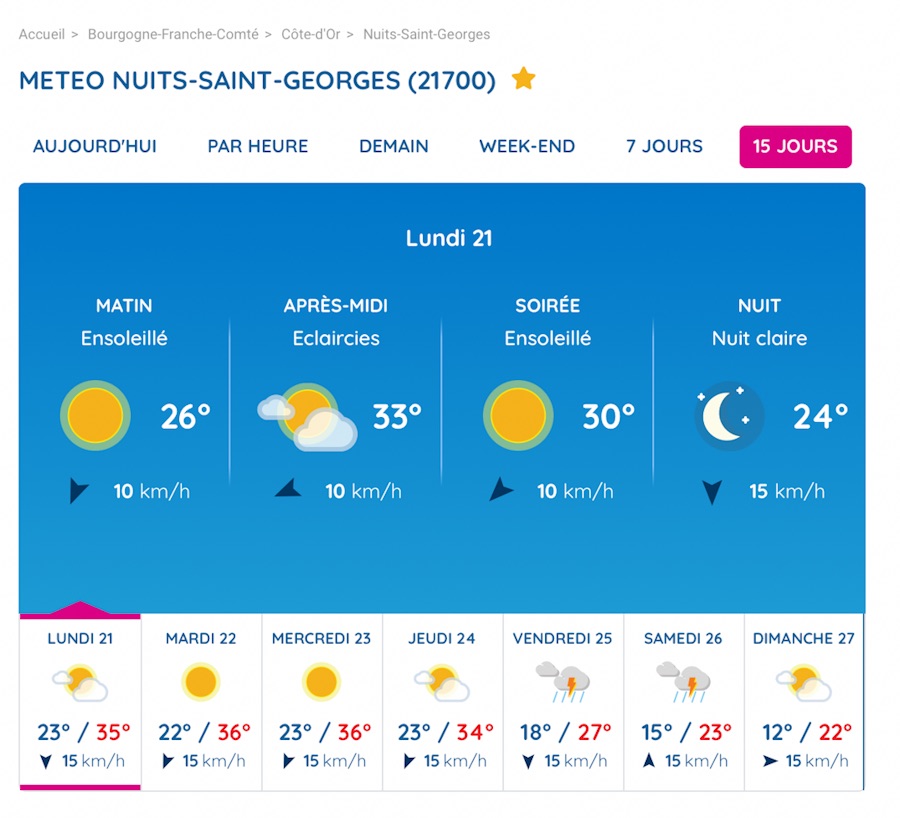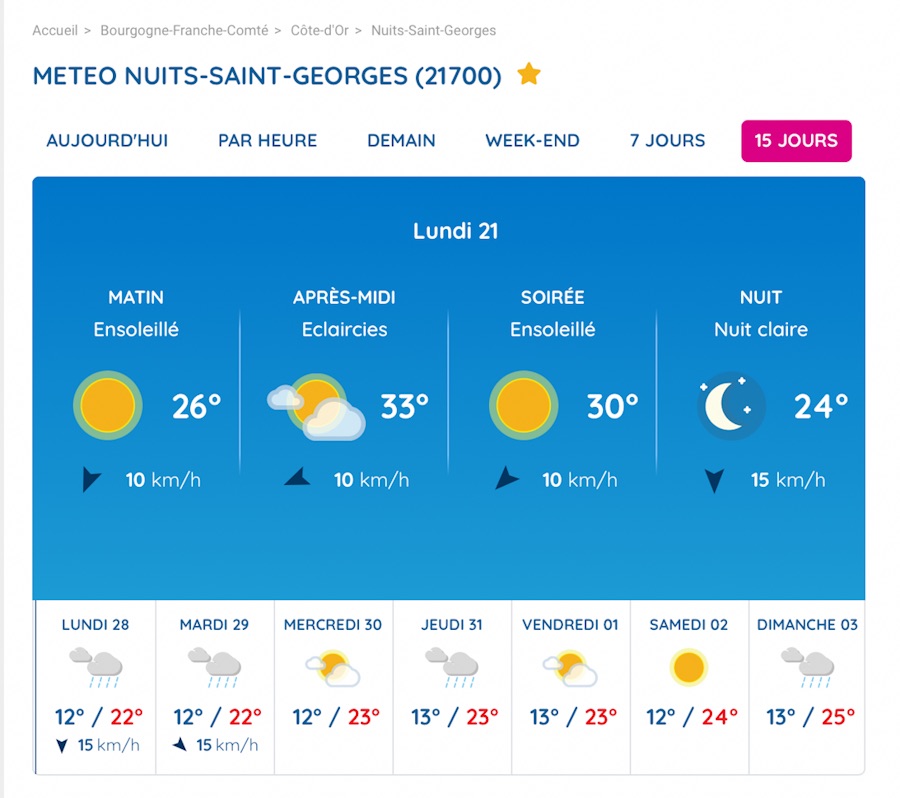The 2023 harvest is almost upon us, and if all goes well, we are looking at a very generous vintage. In many places, only the INAO-imposed limits will set the yields, despite green harvesting by numerous domaines.
The permitted yields are strict, and even last year these limits were challenging for some. If you harvest beyond the limits (and declare it), there are ramifications.
For each appellation, the maximum yield is defined legally in terms of hectolitres of wine per hectare of vineyard (hl/ha). Subject to certain conditions, this base yield may be augmented in a given year by 15%-20%. The decision to increase the yield depends on the conditions during the year, and the grower has to obtain permission. Base yields in Burgundy for 2023 are as follows:
- Grand cru reds: 35-37 hl/ha; whites: 40-64 hl/ha
- Premier cru reds: 40-45 hl/ha; whites: 45-68 hl/ha
- Village reds: 40-45 hl/ha; whites 45-70 hl/ha
- Regional appellation reds: 50-69 hl/ha; whites: 55-75 hl/ha.
Further details from the INAO are on its website: www.inao.gouv.fr (source BIVB).

Vespa on tour
I will, as in previous years, be following the harvest closely, and even lending a hand from time to time if wanted and possible.
I will try to use my time wisely, taking photos driving around on Vespa Lyn(d), my lightning-fast scooter.
I have not planned all my harvest paripatations, but I will try to go further south. We shall see.
Plenty
Rain has largely been plentiful in 2023, but it appears the issues with oidium and mildiou are under control in most places. Burgundy always struggles with these fungal diseases, and some take these things more seriously than others, although some also tend to exaggerate problems.
Véraison (colour change) has been uneven, and there are some vineyards still completing it. This indicates that there’s considerable variation in phenolic ripeness to bridge when the picking schedule is planned.
The name of the game, however, is plenty. This describes both the expected yields (the bunches are in some places enormous) and the juice content.
The weather forecast is for heat and sun much of this week, and this could dry up the vineyards. But it would require many days of excessive sun to reach the point where vines suffer water stress.
It looks like the latter part of the week – Thursday on – will bring some rain and showers, before September starts with more sun to complete the phenolic ripening, meaning it can finish without water stress blocking the process, ultimately leading to some tremendous hedonistic potential. Juicy grapes and perfect phenolic ripeness are the keys to producing optimal vins d’émotion.
Let’s hope the weather guy at Meteo France is right! And please: no hailstorms.


The biggest challenge seems to be uneven ripeness, which is often, if not always, the case in Burgundy. To harvest all plots at optimum phenolic ripeness can prove difficult, if not impossible. Again, nothing new. But the uneven véraison indicates a need for compromise. The harvest cannot be completed in a few hours, and there are often some vineyards that must wait, hence over-ripening; or others that have to be harvested too early for logistical and/or capacity reasons.
Harvest start?
I live in Nuits-Saint-Georges, so this is where I hear the most street talk (Vosne-Romanee is close by, so is always in focus).
Looking at the weather forecast, along with plans and statements from vignerons, picking will start in Nuits around September 8. Informations from the Corton hill indicate a start around September 8th …
Gazing south, I would expect the first domaines to start around September 1, or even before for the notorious early pickers. This is confirmed by some top growers …

 - A true vin d’émotion – a Burgundy of passion
- A true vin d’émotion – a Burgundy of passion - A truly hedonistic wine – lively and enjoyable
- A truly hedonistic wine – lively and enjoyable - A vivacious wine for pure indulgance
- A vivacious wine for pure indulgance - A potential vin d´émotion - frais et léger
- A potential vin d´émotion - frais et léger
Leave a Reply
You must be logged in to post a comment.